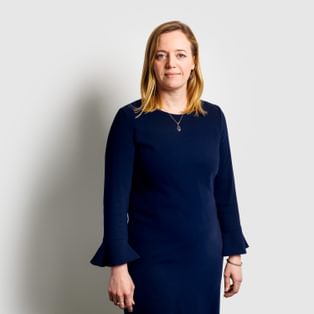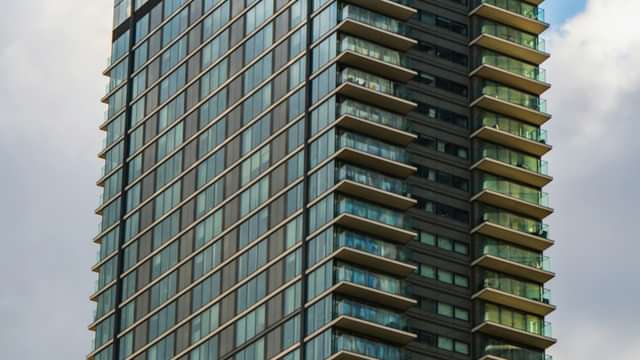The discussion around the need to mitigate the impact of business rates on occupiers of Britain’s high streets has been underway since well before the pandemic, though the particular pressures of the past 18 months or so have seen the government introduce billions of pounds of support, targeted in particular at operators in the hard hit retail, hospitality and leisure sectors.
Beyond the current emergency measures, an economic downturn can also cause business rates headaches for property investors who may see an increase in vacant units they hold and therefore an increase in space on which they are liable to pay empty rates.
Landlords employ a range of strategies to mitigate this liability, including short term lettings on a re-occupation basis (so-called “Makro Schemes”) and live-in property guardians. In the recent case of Hurstwood Properties (A) Ltd v Rossendale BC [2021] UKSC 16, the Supreme Court considered the validity of an empty rates mitigation arrangement structured to take advantage of the exemption from business rates afforded by some insolvency scenarios.
Facts
The case considered two separate schemes which both involved the landlords of the relevant vacant commercial properties granting occupational leases to tenant entities incorporated specifically for the purpose and holding no assets or value. We’ll call these entities SPV1 and SPV2. Both SPV1 and SPV2 were then either put into insolvency or dissolved, SPV1 being the subject of a members’ voluntary winding up and SPV2 simply being allowed to be struck off Companies House for failing to comply with its filing requirements. The schemes envisaged that the landlords could escape liability for business rates by the insolvent tenant claiming relief and/or passing any liability to either a liquidator or the Crown until the relevant lease was disclaimed.
Judgement
In this test case, the Supreme Court heard an appeal against an application by the landlords to strike out the local authorities’ claims against them for unpaid business rates. The application to strike out the claims was made on the basis that it was the SPVs, and not the landlords, who were liable for business rates under the relevant legislation.
The key question before the Supreme Court was whether the relevant landlords were the parties liable for business rates as the party entitled to possession of the relevant properties under section 65(1) of the Local Government and Finance Act 1988 (LGFA 1988).
Adopting a “purposive” approach, where the court has regard to the purpose and intention of the relevant legislation as well as to its exact wording, the Supreme Court held that it could not have been the intention of Parliament for entities such as SPV1 or SPV2 to fall within the meaning of parties entitled to possession of the property. The purpose of empty rates is to promote property being brought back into use and occupation and neither SPV1 nor SPV2 had any real ability to take possession or occupation of the relevant properties. Therefore neither SPV1 nor SPV2 were entitled to possession under LGFA 1988 and the landlords’ liability for rates was held to be a triable issue.
The case was a test case ahead of dozens of similar pending cases brought by local authorities for millions in unpaid rates.
Conclusion
Though the issue of the landlords’ liability for business rates is still to be considered by the Court, the landlords in this case, as well as other landlords using similarly structured schemes, must proceed on the basis they will be considered the party entitled to possession of the property under rates legislation. There may be other grounds on which a landlord in such a scenario can avoid liability for rates but for now the angle provided by insolvent SPVs has been closed.
Landlords would be well advised to keep their empty rates liability and any mitigation schemes under close review in this changing area of law.




































































































